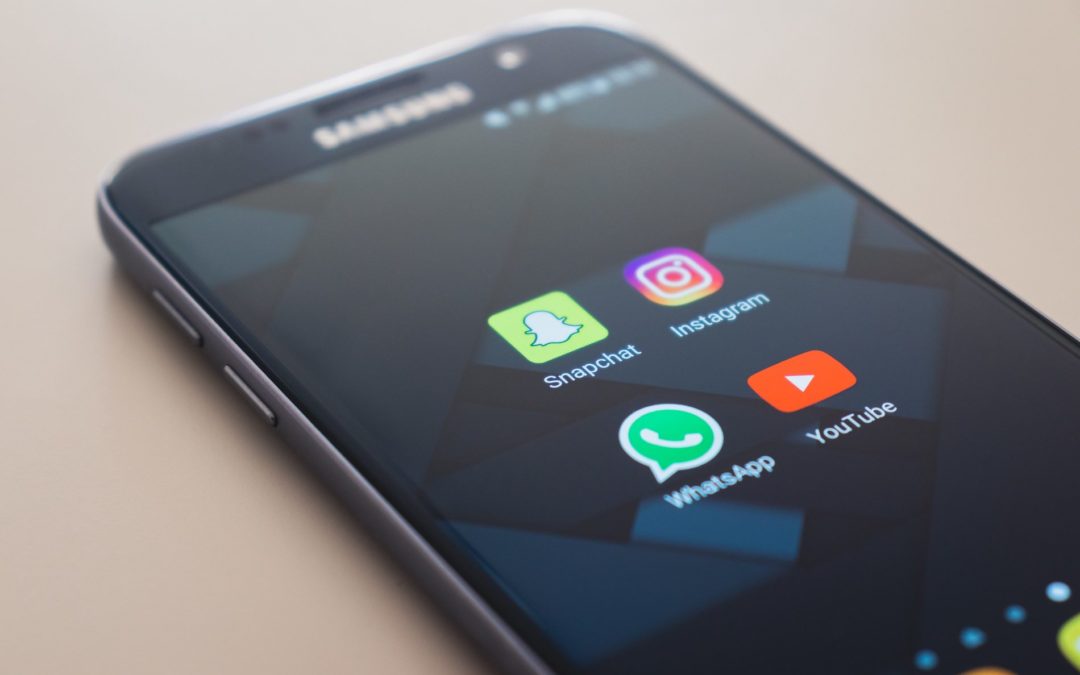Note: This article has been updated since its original publication date with new statistics.
The most important shifts in nonprofit communications in the next five years will center on mobile technology. Let’s consider the facts:
- 81% of all American adults now own a smartphone. (Pew Research)
- More than 40% of all online transactions take place on a mobile device. (ThinkWithGoogle.com)
- 75% percent of consumers now check their email most often on a mobile device. (EmailMonday.com)
- From 2018–2019, the number of donations made from mobile devices grew by 17%, while donations made on desktop computers decreased by 5%. (MrBenchmarks.com)
These are just a few of dozens of statistics that indicate how important it is for nonprofits to ensure their presence on mobile is strong. However, it’s surprising the number of nonprofit organizations that are missing out on some simple ways to improve their communication strategy for the mobile revolution.
Five Ways Nonprofits Can Improve Mobile Engagement
Here are five simple ways you can improve the mobile experience for your organization’s current and potential donors.
Build for Mobile First
For nonprofit organizations and businesses alike, it’s paramount that potential donors who care about your cause can find you online. More than half of all searches on Google take place on a mobile device, and sites that are mobile friendly show up higher in search results. What’s more, non-mobile-friendly sites have five times the bounce rate (Google.com).
Given this reality, no matter what you are designing—be it a microsite or an email—it should be built with mobile users as the first priority. Here are a few key characteristics of mobile-friendly sites:
- Page load times are less than three seconds, ideally two (wp-rocket.me)
- Forms are set to auto-fill with donors’ information (people don’t want to type a lot on tiny keyboards)
- Single-column layouts on emails
- Copy should be sparse and skimmable; people are typically browsing casually on a mobile device
Test Everything on a Mobile Device
Many email builders allow you to visualize how an email will appear in different email clients. This has been a standard practice for a while, but nowadays the popularity of dark mode means that you must test how your email templates, websites, and mobile apps appear with light backgrounds and dark. The easiest way to do this is to set your mobile device in dark mode and check all test emails there before hitting send.
Similarly, you should also look out for how subject lines and preview text appear on different devices. For iPhones, the golden number appears to be 30–40 characters (Campaign Monitor). Got more to say? That’s where the beauty of preheader text comes in. That’s the sentence or two of text that appears beneath the subject line when an email arrives in your inbox. Your preheader text can be the make or break when it comes to someone choosing to open rather than archive your email, influencing open rates by as much as 7% (Campaign Monitor).
Make Your Content Easily Shareable and Readable on Mobile
As previously mentioned, the ideal mobile experience is skimmable, visual, and easy for people to take action. But here are a few other tips that can really boost you into the mobile stratosphere:
- Content should include social share functionality
- Downloads (like PDFs) should have large enough type to be legible and navigable on a mobile device
- Videos should have subtitles >> People often consume video in public settings and don’t want to get out their earbuds, especially if they are scrolling through social media. Plus, this is much more friendly for our friends with hearing impairments.
- Design with accessibility in mind >> This includes alt text on images, color schemes that accommodate people with colorblindness (pro tip: preview all your designs in grayscale before sending), and don’t forget simplified text versions for those who triage their inbox on a smartwatch or smart home device using voice commands.
Be Present and Active in Popular Apps
While you must have a mobile-friendly site in order to optimize SEO, nonprofits shouldn’t neglect another mobile channel: apps.
In 2019, 90% of all time spent on mobile devices took place in apps. Within that 90%, the largest share of time at 49% was spent in social media and chat apps like Whatsapp and Facebook Messenger (Statista).
While statistics still show that the bulk of online donations take place on a desktop computer, the majority of website traffic was driven by mobile devices (Statista).
Consider Integrating with Popular Mobile Payment Platforms
As you likely already noticed, there is a theme here. The three golden rules when it comes to anything mobile are:
1) Make it easy.
2) Make it easy.
3) Make it easy.
The more clicks/taps/swipes it takes for someone to take action will dramatically decrease your conversion rates. While studies show that the majority of nonprofit transactions and overall revenue occur in desktop environments, mobile is gaining ground. Some nonprofits are experimenting with payment transfer apps like Venmo and ApplePay to entice younger donors to participate in annual fund drives. While most young donors can’t give much now, enrolling them in a culture of philanthropy early sets the stage for them to become a valuable lifetime giver.
And while apps like Venmo and Zelle are largely uncharted territory, it’s a channel to watch if your organization relies heavily on peer-to-peer fundraising.
Conclusion
Was that enough information for you? Our inner nerd is pumping his fist à la Freddie Mercury. We hope you’ve enjoyed this tour through the latest trends nonprofits should adopt when it comes to mobile-first communications. If you’re a little dizzied by all these facts and want some tips on how to optimize your digital experiences, feel free to get in touch with a fundraising strategist today.

